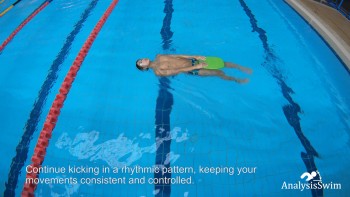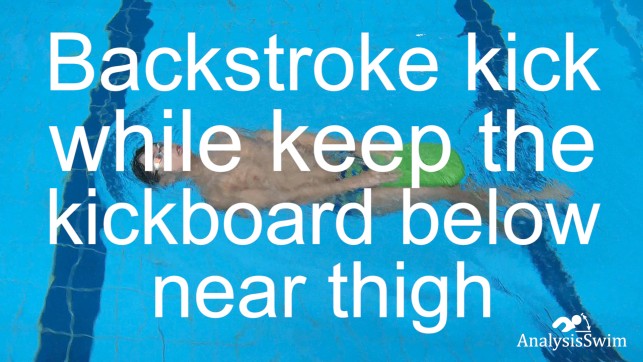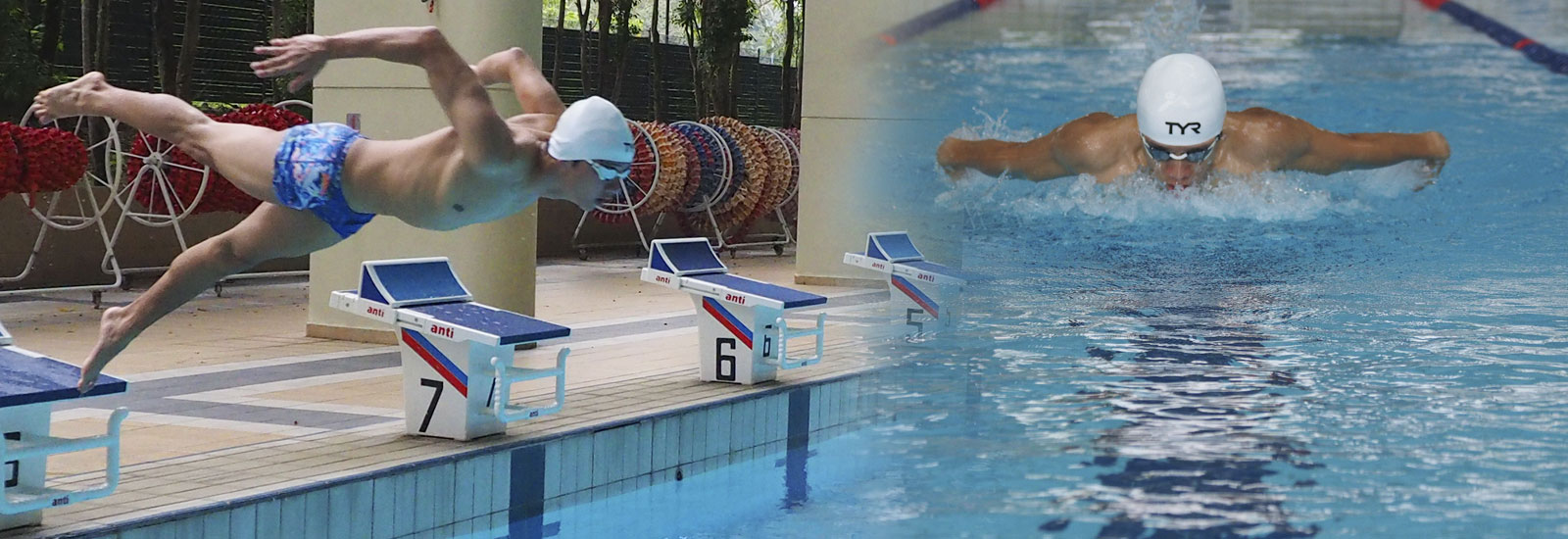Backstroke kick while keep the kickboard near thigh
The backstroke kick, often used in swimming as a way to maintain propulsion and stability while on the back, can indeed be performed while holding a kickboard near the thigh.
Here’s how you can do it:
Get into the water:
Start by entering the water and positioning yourself on your back. Make sure you’re comfortable and floating before proceeding.

Hold the kickboard:
Take the kickboard and position it horizontally near your thigh. You can hold it with one or both hands, depending on your preference and comfort level.
Begin the kick:
Initiate the backstroke kick by extending your legs behind you. Your toes should be pointed, and your legs should be relatively straight but not completely locked at the knees.

Execute the kick:
Move your legs in an alternating flutter kick motion. This means that while one leg kicks downward, the other leg is moving upward. Focus on generating power from your hips and core rather than just relying on your legs.
Keep the kickboard steady:
As you kick, focus on keeping the kickboard steady near your thigh. This may require some practice to find the right balance and position. You can adjust the angle of your leg kicks slightly to maintain stability if needed.

Maintain a steady rhythm:
Continue kicking in a rhythmic pattern, keeping your movements consistent and controlled. The kickboard should help you maintain proper body position and alignment while providing additional resistance for a more effective workout.
Breathe:
Remember to breathe regularly as you perform the backstroke kick. You can breathe in through your mouth and out through your nose, or whatever breathing pattern feels most comfortable for you.
Practice and adjust:
Like any swimming technique, mastering the backstroke kick with a kickboard near your thigh may take some practice. Take your time to get comfortable with the movement and make any necessary adjustments to improve your technique.
Remember to always prioritize safety while swimming, and if you’re new to swimming or have any concerns, consider seeking guidance from a qualified swimming instructor.


